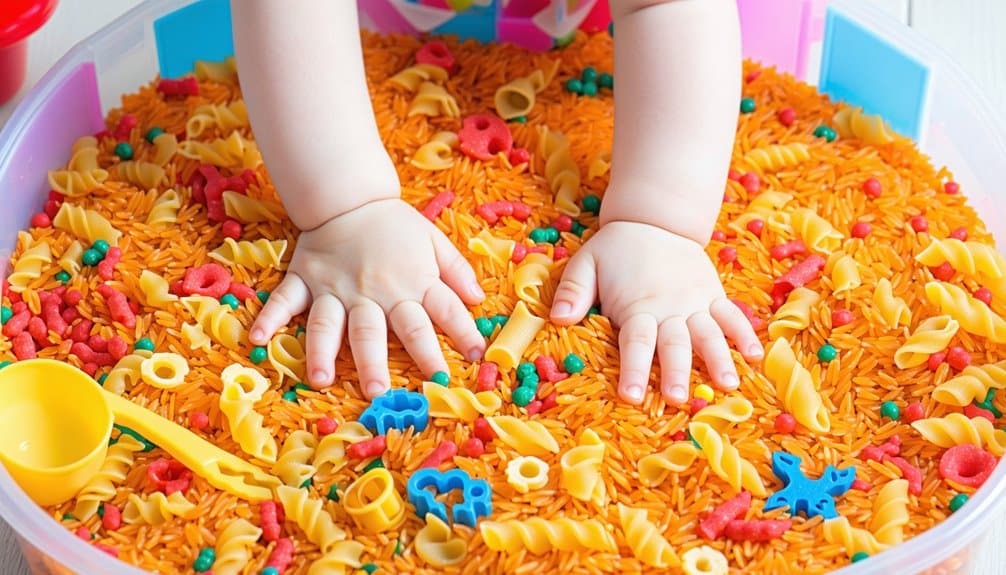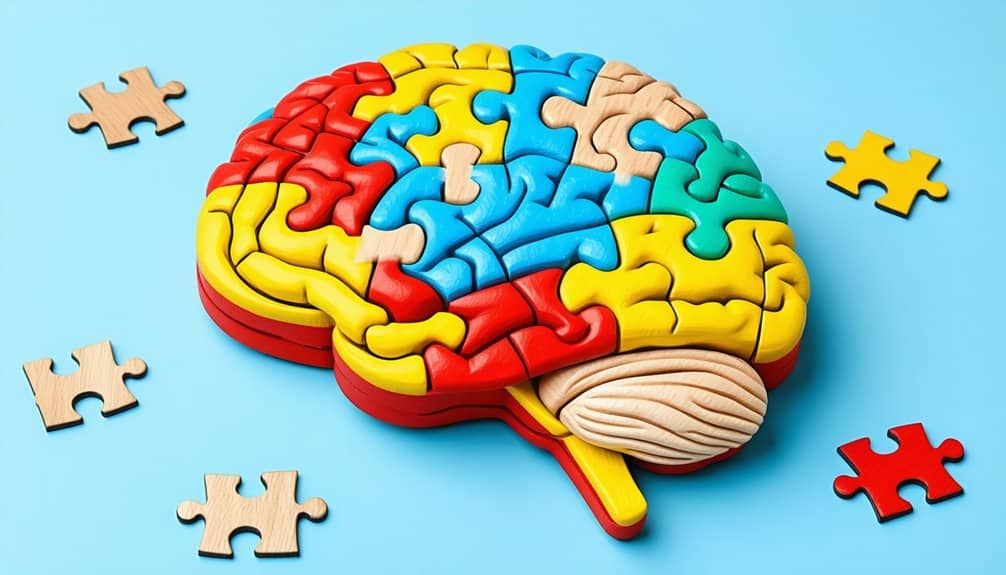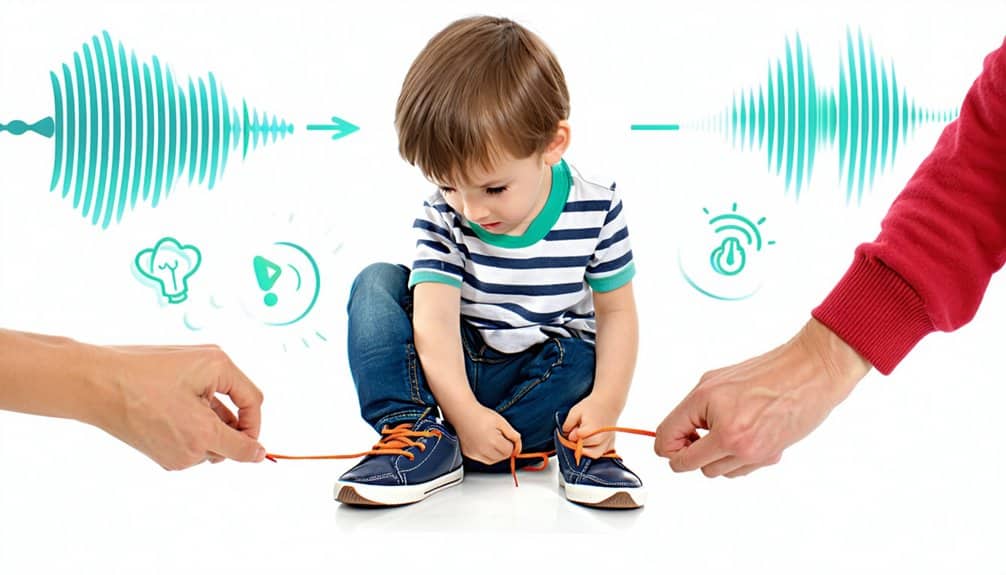
by Skill Point Therapy | Feb 18, 2025 | Sensory Processing Disorder
Sensory processing difficulties affect how a child experiences the world around them. Some children may feel overwhelmed by bright lights, loud noises, or the feeling of certain fabrics, while others may not respond to sensations most people notice, like a scraped...

by Skill Point Therapy | Feb 6, 2025 | Sensory Processing Disorder
DIY sensory play activities are a potent tool for supporting your child’s development at home. Sensory play improves cognitive engagement, motor skills, and problem-solving abilities and provides calming effects. By employing items like corn flour, sensory bins,...

by Skill Point Therapy | Jan 17, 2025 | Sensory Processing Disorder
Sensory Processing Disorders (SPD) can make everyday life challenging for children and their families. These conditions happen when the brain struggles to process sensory information like sound, touch, or movement. Understanding the different types of sensory...

by Skill Point Therapy | Jan 11, 2025 | Sensory Processing Disorder
Sensory Processing Disorder (SPD) affects how the brain handles sensory signals, making it difficult for some children to respond to sights, sounds, textures, or movements in typical ways. This can also lead to motor challenges, like trouble with coordination or...

by Ernie Bilodeau | Jan 4, 2025 | Sensory Processing Disorder
An innovative sensory diet can help children with Sensory Processing Disorder (SPD) navigate their world more easily. Sensory diets are personalized plans of activities designed to give the brain the sensory input it craves to stay organized and focused. Activities...

by Ernie Bilodeau | Dec 19, 2024 | Sensory Processing Disorder
As a pediatric occupational therapist with over 20 years of experience, I’ve seen the incredible progress children can make when we focus on treating sensory processing challenges. Sensory Processing Disorder (SPD) affects how the brain interprets sensory input,...








Recent Comments